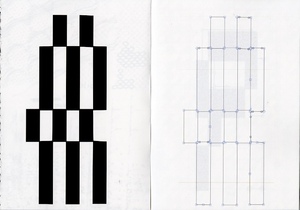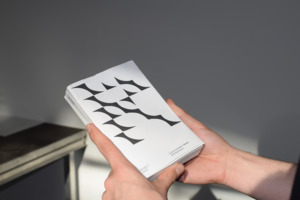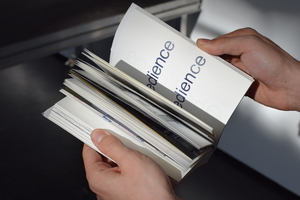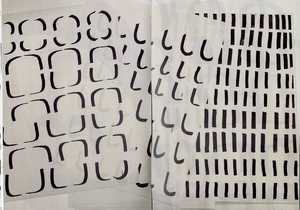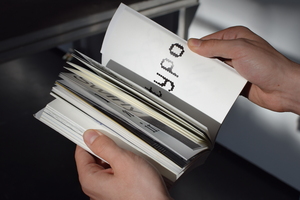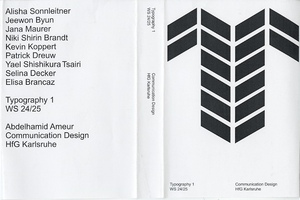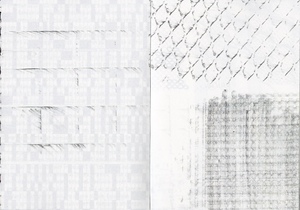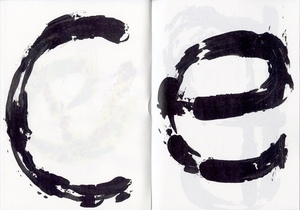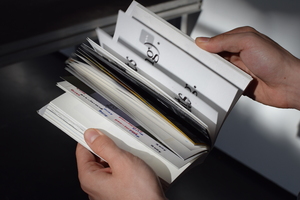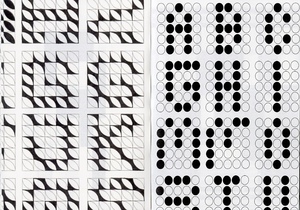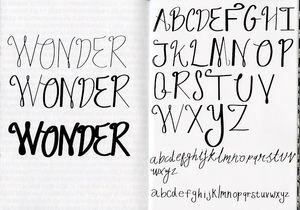"Seminar/Workshop"
| Begriff | Seminar/Workshop |
| Metakey | Typ des Projekts/Werks (creative_work:type) |
| Typ | Keyword |
| Vokabular | Werk |
148 Inhalte
- Seite 1 von 13
Typography
- Titel
- Typography
- Kategorie
- Typ des Projekts/Werks
- Titel
- Typography
- Titel (en)
- Typography
- Urheberrechtshinweis
- in Bearbeitung
- Freigabe Nutzung HfG
- Beziehung/Funktion
- Projektleiter/in
- Studiengang
- Importiert am
- 17.07.2025
- Übergeordnete Sets
- 1
Typography
- Titel
- Typography
- Kategorie
- Typ des Projekts/Werks
- Titel
- Typography
- Titel (en)
- Typography
- Urheberrechtshinweis
- in Bearbeitung
- Freigabe Nutzung HfG
- Beziehung/Funktion
- Projektleiter/in
- Studiengang
- Importiert am
- 17.07.2025
- Übergeordnete Sets
- 1
Typography
- Titel
- Typography
- Kategorie
- Typ des Projekts/Werks
- Titel
- Typography
- Titel (en)
- Typography
- Urheberrechtshinweis
- in Bearbeitung
- Freigabe Nutzung HfG
- Beziehung/Funktion
- Projektleiter/in
- Studiengang
- Importiert am
- 17.07.2025
- Übergeordnete Sets
- 1
Typography
- Titel
- Typography
- Kategorie
- Typ des Projekts/Werks
- Titel
- Typography
- Titel (en)
- Typography
- Urheberrechtshinweis
- in Bearbeitung
- Freigabe Nutzung HfG
- Beziehung/Funktion
- Projektleiter/in
- Studiengang
- Importiert am
- 17.07.2025
- Übergeordnete Sets
- 1
Typography
- Titel
- Typography
- Kategorie
- Typ des Projekts/Werks
- Titel
- Typography
- Titel (en)
- Typography
- Urheberrechtshinweis
- in Bearbeitung
- Freigabe Nutzung HfG
- Beziehung/Funktion
- Projektleiter/in
- Studiengang
- Importiert am
- 17.07.2025
- Übergeordnete Sets
- 1
Typography
- Titel
- Typography
- Kategorie
- Typ des Projekts/Werks
- Titel
- Typography
- Titel (en)
- Typography
- Urheberrechtshinweis
- in Bearbeitung
- Freigabe Nutzung HfG
- Beziehung/Funktion
- Projektleiter/in
- Studiengang
- Importiert am
- 17.07.2025
- Übergeordnete Sets
- 1
Typography
- Titel
- Typography
- Kategorie
- Typ des Projekts/Werks
- Titel
- Typography
- Titel (en)
- Typography
- Urheberrechtshinweis
- in Bearbeitung
- Freigabe Nutzung HfG
- Beziehung/Funktion
- Projektleiter/in
- Studiengang
- Importiert am
- 17.07.2025
- Übergeordnete Sets
- 1
Typography
- Titel
- Typography
- Kategorie
- Typ des Projekts/Werks
- Titel
- Typography
- Titel (en)
- Typography
- Urheberrechtshinweis
- in Bearbeitung
- Freigabe Nutzung HfG
- Beziehung/Funktion
- Projektleiter/in
- Studiengang
- Importiert am
- 17.07.2025
- Übergeordnete Sets
- 1
Typography
- Titel
- Typography
- Kategorie
- Typ des Projekts/Werks
- Titel
- Typography
- Titel (en)
- Typography
- Urheberrechtshinweis
- in Bearbeitung
- Freigabe Nutzung HfG
- Beziehung/Funktion
- Projektleiter/in
- Studiengang
- Importiert am
- 17.07.2025
- Übergeordnete Sets
- 1
Typography
- Titel
- Typography
- Kategorie
- Typ des Projekts/Werks
- Titel
- Typography
- Titel (en)
- Typography
- Urheberrechtshinweis
- in Bearbeitung
- Freigabe Nutzung HfG
- Beziehung/Funktion
- Projektleiter/in
- Studiengang
- Importiert am
- 17.07.2025
- Übergeordnete Sets
- 1
Typography
- Titel
- Typography
- Kategorie
- Typ des Projekts/Werks
- Titel
- Typography
- Titel (en)
- Typography
- Urheberrechtshinweis
- in Bearbeitung
- Freigabe Nutzung HfG
- Beziehung/Funktion
- Projektleiter/in
- Studiengang
- Importiert am
- 17.07.2025
- Übergeordnete Sets
- 1
Typography
- Titel
- Typography
- Kategorie
- Typ des Projekts/Werks
- Titel
- Typography
- Titel (en)
- Typography
- Urheberrechtshinweis
- in Bearbeitung
- Freigabe Nutzung HfG
- Beziehung/Funktion
- Projektleiter/in
- Studiengang
- Importiert am
- 17.07.2025
- Übergeordnete Sets
- 1
